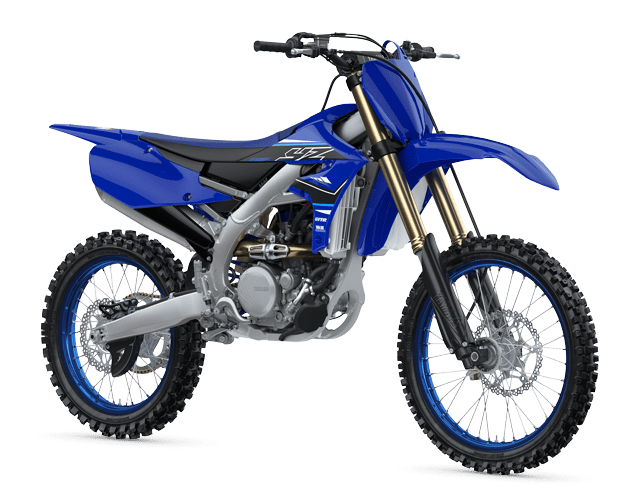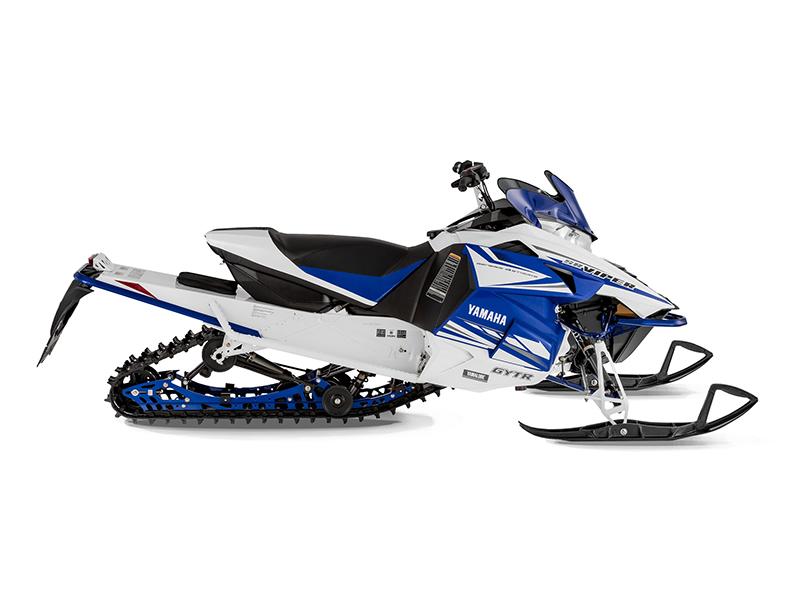
Test drive VW Caddy
One of the most popular "heels" on the Russian market has become even more lightweight ...
When I first studied the fourth generation Volkswagen Caddy at the preview in Geneva, I was sure that the front panel was made of soft plastic. Wrong. Not restyling, but some kind of magic: inside - as in an expensive car, and outside the "heel" looks like a new car.
But it only looks. The exterior has changed, but the power structure of the body remains the same as in the car of the 2003 model. Nevertheless, in the "commercial" division of the VW concern, they believe that this is not a restyling, but a new generation of Caddy. There is a certain logic in this statement: commercial vehicles, unlike passenger cars, change less often and not so seriously. And the number of changes in the new Caddy is impressive: an upgraded rear suspension with modified attachment points, new motors, a multimedia system with application support and a rear view camera, distance tracking system, emergency braking, driver fatigue control, active cruise control, automatic parking.
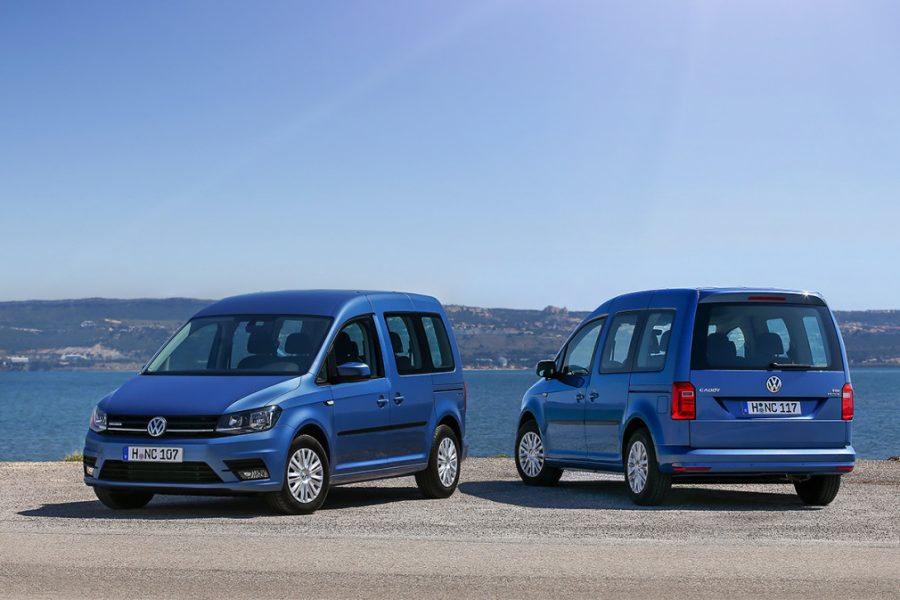
The previous Caddy existed both in the cargo and cargo-passenger versions, and in the purely passenger version with improved equipment. But more than half of the production fell on the all-metal Kasten van. With the change of generations, they tried to make the car even lighter: revenue in this segment is higher than in the commercial one.
"You wanna turn me on," the audio system suddenly starts yelling. It was a colleague's hand on the way from the steering wheel to the gear lever that hooked the volume knob again. The sound rushes between the windshield and the dashboard - the speakers for high and medium frequencies are pushed into the farthest corner and this is not a good idea. Otherwise, you can't find fault with the new Caddy. The lines of the new front panel are simple but the workmanship is high. In passenger versions, unlike cargo versions, the glove compartment is covered with a lid, the shelf above it is covered with a glossy decorative strip, and in more expensive trim levels, the panel shines with chrome details. This creates the feeling that you are sitting not in a commercial "heel", but in a compact van. The landing is too vertical for a passenger car, but comfortable: the seat with dense padding hugs the body, and the steering wheel is adjustable for reach and height over a wide range. It is a little confusing that the climate unit is located above the display of the multimedia system, but this feature, which was also on the third generation Caddy, can quickly get used to.
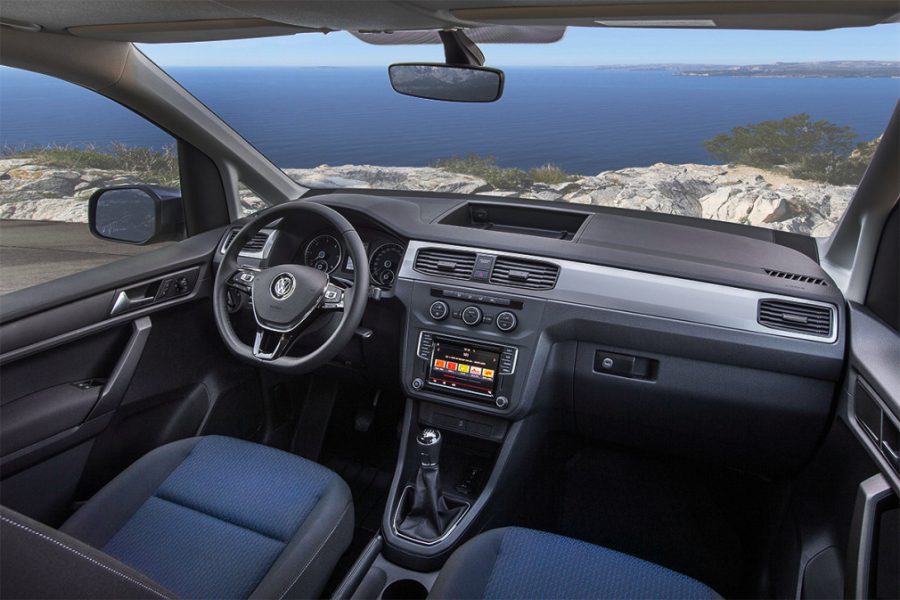
The Caddy van is still the same as it was. It can be equipped with either hinged doors or single lifting. The loading height is low and the doorway is very wide. In addition, there is a sliding side door that greatly simplifies loading. The distance between the wheel arches is 1172 mm, that is, a euro pallet can be placed between them with a narrow part. The volume of the compartment of the van is 3200 liters. But there is also a Maxi version with a wheelbase extended by 320 mm and a large loading volume of 848 liters.
The passenger version can be seven-seater, but it is better to order this configuration with an extended body. But even in the Maxi version, an additional rear sofa takes up a lot of space, from the transformation possibilities only a folding backrest. It is necessary either to purchase a special "frame", thanks to which the third row of seats can stand upright, or to take out the sofa completely, since it is easily removable. But easily removable doesn't mean lightweight. In addition, the hinges of the seat retainers have to be pulled with force, and the second row, when folded, is fixed with thick iron crutches - the cargo past makes itself felt. And why is there not a single handle in the passenger version? VW representatives are surprised by this question: "We would love to, but no one has complained about the lack of handles." Indeed, the passenger of the Caddy does not need to look for a fulcrum: the driver of the "heel" will not enter a turn at an exorbitant speed or storm off-road.
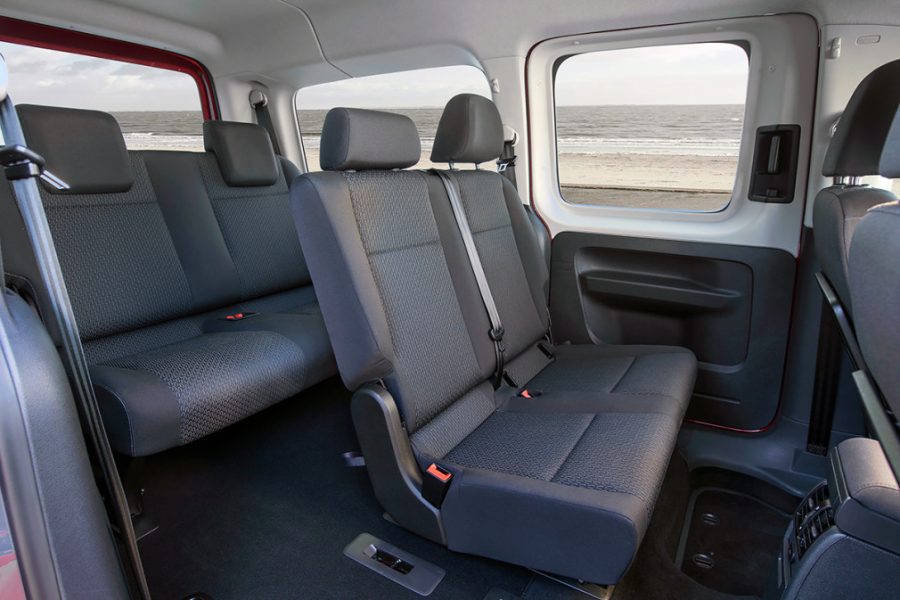
The rear suspension of all passenger cars is double leaf. Usually, sheets are added to increase the load capacity, but in this case, VW engineers aimed to increase the comfort of the car. Rubber cylinders-spacers are made at the ends of the additional lower springs. The greater the vertical travel of the suspension, the greater the load of the machine - the more the lower sheets are pressed against the upper ones. A similar design could once be found on the Volga in the taxi version. The passenger car rides almost like a passenger car, and the light, unloaded stern does not sway on the waves. However, the usual cargo Caddy Kasten, thanks to changes in the rear suspension, rides a little worse. The rear springs still affect handling and at high speed the Caddy requires steering. In theory, an elongated car should keep a straight line better due to the greater distance between the axles. With a headwind, the empty van goes on tacks - the high body sails.
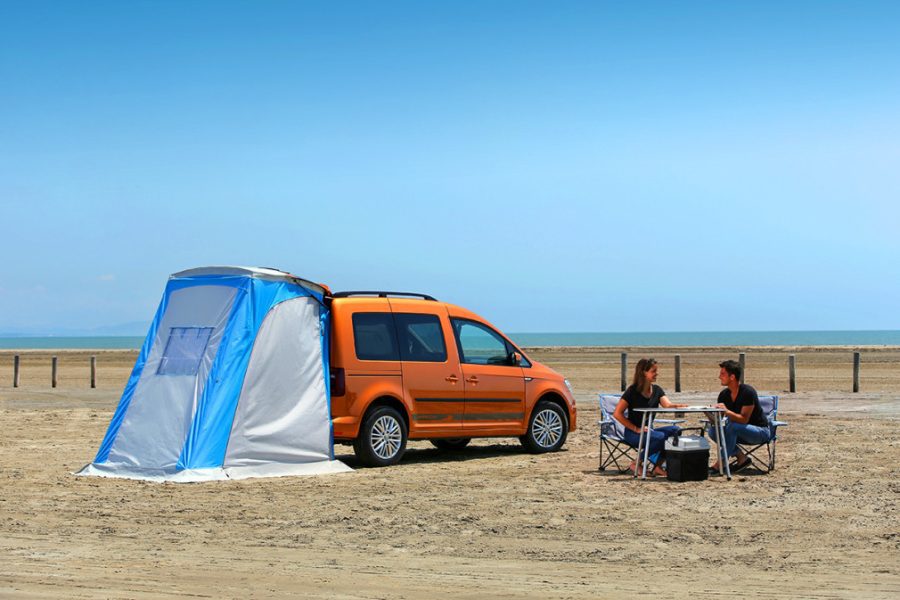
The driver bounces in the seat with zeal, changing gear every time. He sweats, despite the air conditioner turned on to full, again touches the volume knob of the audio system, but he cannot catch up with the gasoline Caddy of our colleagues that has gone ahead. At the pace of the suburban route leaving Marseille with a limit of 130 km / h, Caddy with a two-liter, but the most low-powered (75 hp) diesel engine, is difficult to drive. The motor has to be kept in a narrow working gap: it comes to life after 2000 crankshaft revolutions and by 3000 its pressure is weakening. And there are only five gears here - you can’t really accelerate. But this version of the Caddy is suitable for moving in city traffic: the consumption is not ruinous - a maximum of 5,7 liters per 100 kilometers. If you do not rush, the engine seems quiet, and only the vibrations on the clutch pedal annoy. An empty car starts without adding gas, and there is a feeling that it will go easily even with a load. Moreover, the European owner of the Caddy will not overload the van.
A slightly more powerful car with 102 hp. under the hood rides an order of magnitude more fun. Here the pickup is brighter, and the speed is higher. Diesel is less vibro-loaded, but its voice is heard stronger. Such a Caddy accelerates more readily, and consumes about the same amount of diesel fuel as a 75-horsepower car.
Another new power unit of the Euro-6 family develops 150 hp. and is capable of accelerating the Caddy to 100 km / h in less than 10 seconds. But it is offered only in tandem with front-wheel drive and 6-speed "mechanics". With two pedals and a robotic gearbox, there is a 102-horsepower car, and a 122-horsepower one is equipped with all-wheel drive with a fifth-generation Haldex multi-plate clutch.
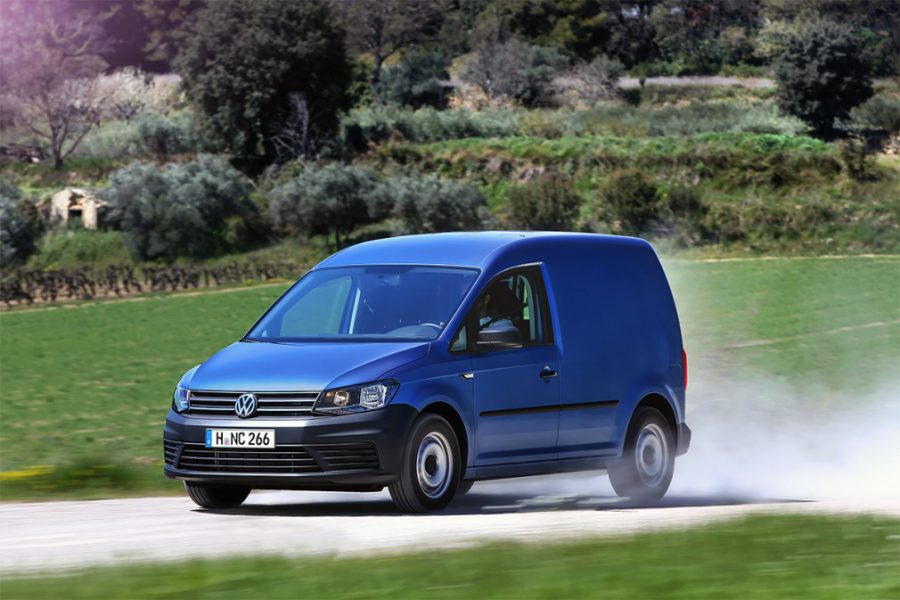
The petrol line is represented in Europe exclusively by supercharged units, and we tried unsuccessfully to catch up on the track with the very low-power of them with a 1,0-liter "turbo-three". It seems that the output of the motor is modest - 102 hp. and 175 Nm of torque, and acceleration to 100 km / h according to the passport lasts 12 seconds. But with a liter power unit, the character of the Caddy is completely different. Once we were driving a commercial van, and now we are driving a dynamic passenger car. The motor is explosive, with a loud and emotional voice, like an opposing player. This is unlikely to be needed by a commercial van, but for a light passenger version of the Caddy, it would be just right.
There is no particular point in praising this engine: there will be no supercharged gasoline engines in Russia. The only option we have is aspirated 1,6 MPI with a capacity of 110 hp. – its production is planned to start in Kaluga by the end of 2015. The same power unit, for example, is installed on the VW Polo Sedan and Golf. Kaluga engines will be delivered to a plant in Poznan, Poland, where, in fact, the new Caddy is assembled. The Russian office also has plans to sell cars with a 1,4-liter turbo engine that meets Euro-6 standards, but it will run on compressed natural gas (CNG). The final decision has not yet been made, but a large customer has already become interested in the car.
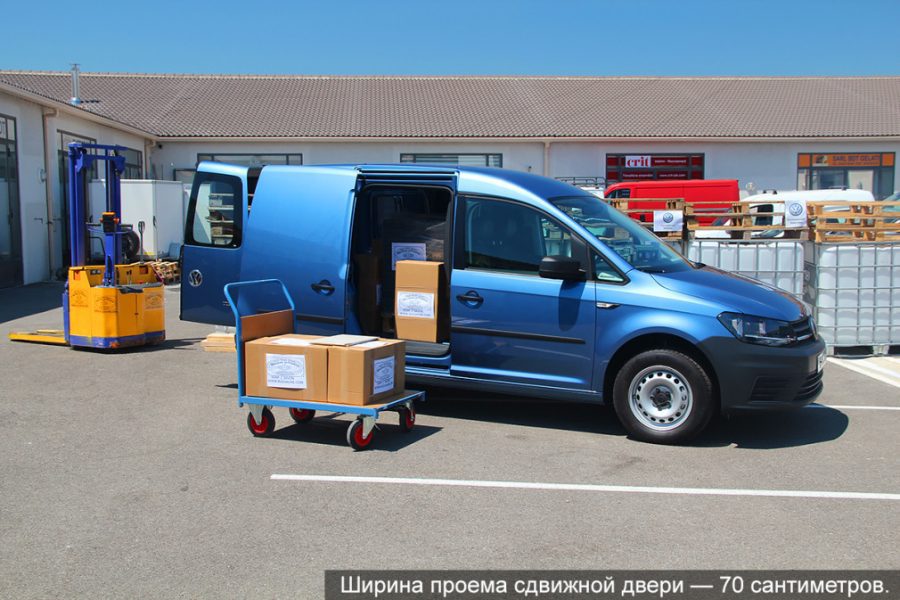
We will not have Euro-6 diesel engines either. They are more economical, reach peak thrust earlier, but are too demanding on fuel quality. In Russia, Caddy will continue to be equipped with the same Euro-5 turbodiesels as the previous generation car. This is 1,6 in versions of 75 and 102 hp, as well as 2,0 liters (110 and 140 horsepower). A car with a 102-horsepower engine can be equipped with a DSG “robot”, a 110-horsepower one can be equipped with all-wheel drive and a manual gearbox, and a 140-horsepower version can be equipped with all-wheel drive in combination with a robotic transmission.
Newfangled systems like active cruise control will not be received by Russian Caddy: they are not compatible with previous engines. When choosing an all-wheel drive car, you should remember that there is no place for a spare tire under the bumper. European versions with 4Motion are equipped with runflat tires, while Russian ones are equipped with a repair kit only. The ground clearance of the car with all-wheel drive is a little more than 15 cm, and a raised version of the Cross with plastic protective pads has not yet been presented.
Initially, it was decided to import diesel cars to Russia - orders for the only gasoline version will be accepted later. In the meantime, the announced starting price of an "empty" short van with a 75-horsepower diesel engine is $13. The Combi version will cost $754, while the most affordable "passenger" Caddy Trendline is $15. For an extended Caddy Maxi, they will ask for $977-$17 more.
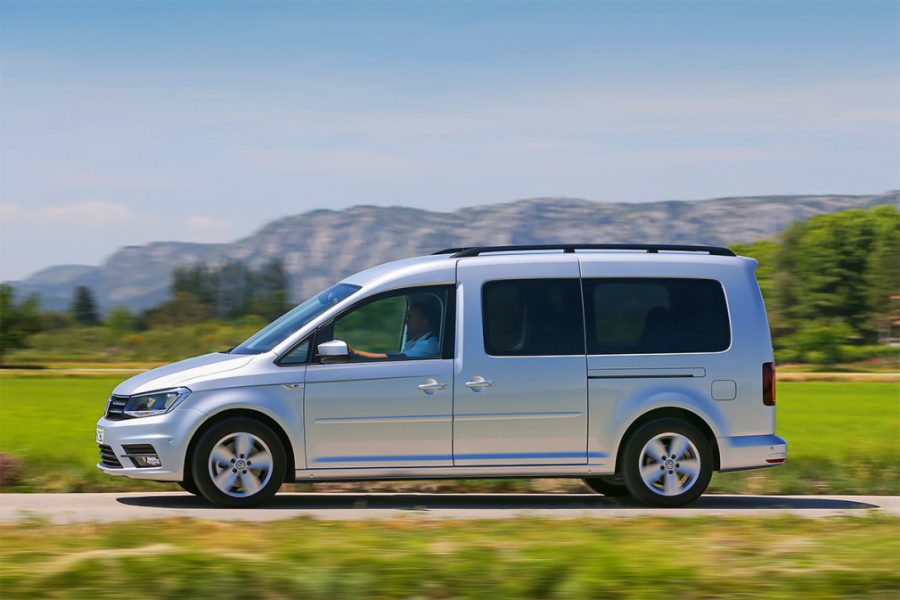
Thus, Caddy remains one of the most expensive "heels" on the Russian market. And the most popular in the segment among foreign cars, as evidenced by the sales data of Avtostat-Info for the first five months. Four hundred cars is a good result against the backdrop of a falling car market. However, most Russian buyers, apparently, will want to wait for a gasoline car - it is for such Caddy in a simple configuration that there is the maximum demand in Russia both among private traders and among large companies.
